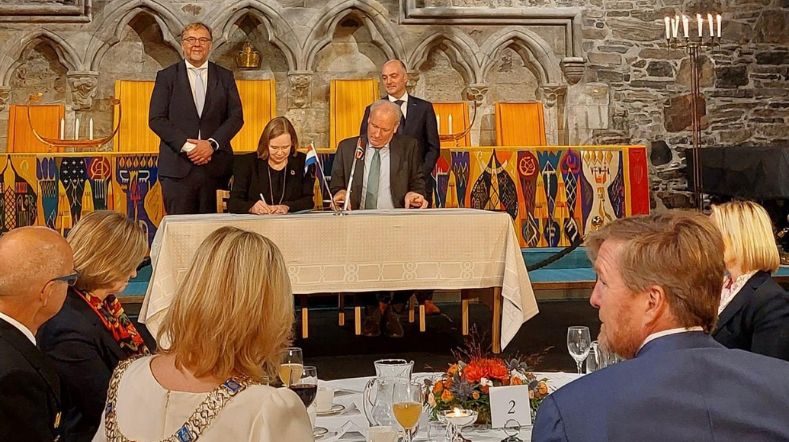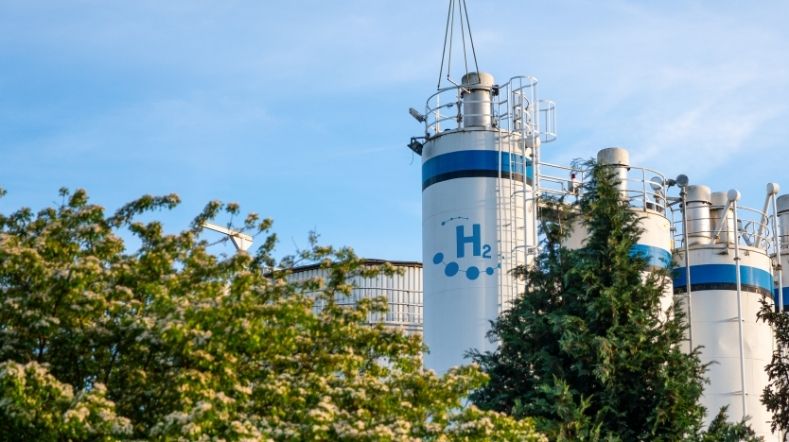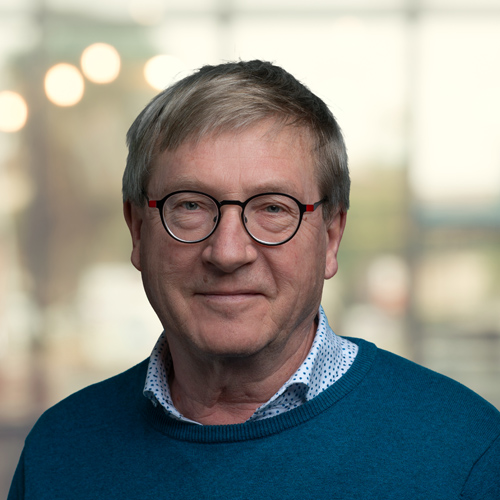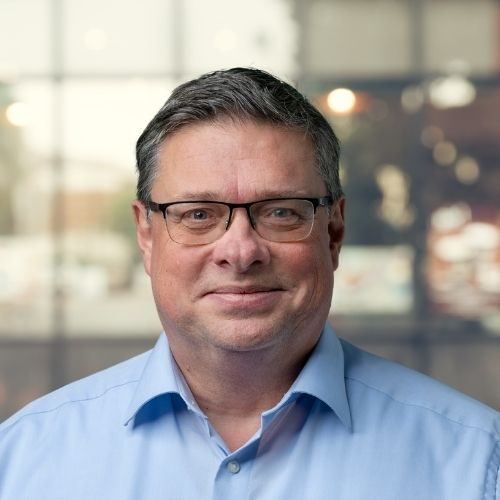GeoScience and Technology
The GeoScience and Technology expertise group is involved with the geoscientific knowledge about sustainable energy sources. Its focus is on the safe and efficient use of the subsurface in the field of geothermal energy; the storage, capture, and reuse of CO2; and the efficient and safe phasing out of oil and gas production.
Capture, storage, and reuse of CO2
Capturing, reusing, and storing CO2 can make a significant contribution to reducing carbon emissions. The GeoScience and Technology expertise group has more than 20 years’ experience of capturing and storing CO2 underground, known as ‘Carbon Capture, Utilisation & Storage’ (CCUS). Examples are the CATO-2 national research programme and EU FP7 CO2Remove. We work within the entire CCUS chain, from capture to storage.
Combining knowledge and experience
This expertise group combines geoscientific knowledge with experience. We focus on:
- feasibility studies of possible locations for underground carbon storage
- monitoring programmes and risk studies
- research programmes involving large-scale demonstration projects, small-scale pilots, and prerequisites such as regulations and capacity estimates.
In these, we focus on acceleration and cost savings in the transition to a sustainable CO2-free energy system. We work in projects and research programmes, which are often international, in close collaboration with energy companies and their suppliers, energy-intensive industrial sectors, SMEs, and public authorities.
Geothermal energy
Geothermal heat and electricity constitute a sustainable energy source that’s full of potential. Geothermal energy can meet 5-10% of energy demand in energy-intensive regions. In theory, 40% of global energy use can be sustainably produced through the natural flow of heat in the earth. We focus on geothermal aquifers in sedimentary basins and Enhanced Geothermal Systems (EGS). We mainly apply our knowledge to:
- technology development in research programmes focusing on more efficient production (e.g. innovation in the field of EGS)
- estimates of geothermal potential and feasibility studies
- monitoring programmes and risk studies
- technical support for public authorities and industry, including SMEs, in particular in large-scale urban development or redevelopment projects and international collaboration
- integration of locally produced heat or electricity into smart grids.
Underground energy storage
Energy sources such as wind and solar fluctuate in the short term (over hours) and over longer periods (seasons). This places demands on the availability and flexibility of storage. Large-scale storage options are being sought underground and may therefore compete with other uses of the subsurface. For this reason, we not only have to develop specific underground storage technology, but also consider a strategy to deal with the other options for using the subsurface.
Integration into the energy system
A more diverse energy system consists of unpredictable sources, fluctuating demand, and a variety of energy carriers. This requires smart integration into the energy system. The GeoScience and Technology expertise group develops flexibility technology and integration technology, with the emphasis on using the subsurface sustainably, now and in the future. An example is the ESTMAP project, which identifies the storage facilities available in Europe. These are subsequently linked to the anticipated development of the European energy system. This project was carried out for the European Union in 2015 and 2016.
Reservoir optimisation
We help companies develop well production strategies for maximum energy extraction. We use case-specific models to evaluate bottlenecks in production systems and implement techniques for greater efficiency. We use direct information from production data to optimise production through feedback reservoir modelling. Also important is the availability of ways to detect areas where no energy extraction has yet taken place. Technology development focuses on the detection and exploitation of such undepleted areas.
Safe energy extraction
Mining activities include oil and gas extraction, geothermal production, and carbon storage. In these activities, it’s important to understand the safety risks, long-term effects, and possible consequences for other uses of the subsurface. TNO’s GeoScience and Technology expertise group is developing methodologies and technology for risk assessment and monitoring.
Developing methodology and technology
Our expertise is specifically in the area of modelling and interpreting geomechanical risks, such as soil subsidence and induced seismicity. In addition, we’re developing models and methodologies to estimate the probability of leaks via boreholes. As well as estimating specific risks, TNO is developing innovative production concepts with which these risks can be minimised.
Get inspired
NORCE and TNO are entering into a strategic partnership on hydrogen developments


Dutch consortium participates in EU research project on large-scale hydrogen storage in depleted gas fields


Underground hydrogen storage


Three breakthrough technologies in drying and dewatering help industry produce clean and sustainable products


Eco-friendly firefighting: innovative solutions and zero PFAS



